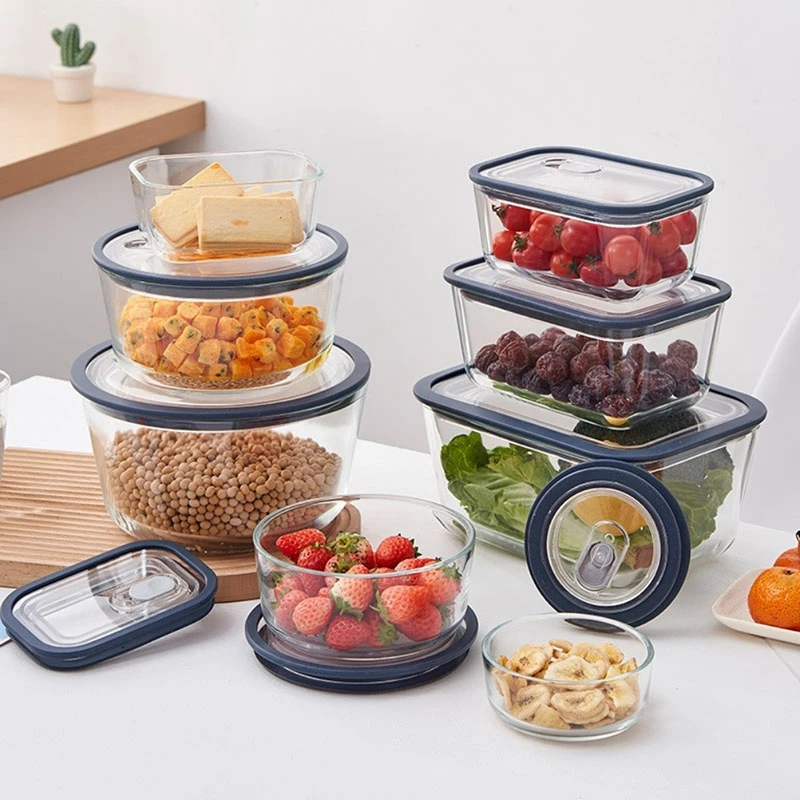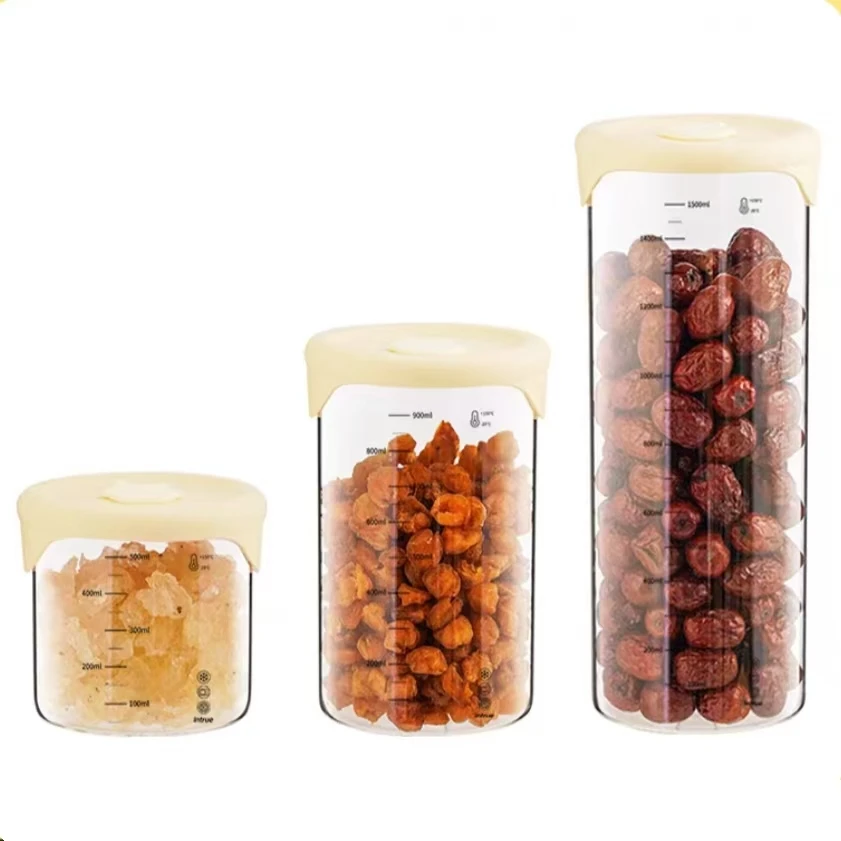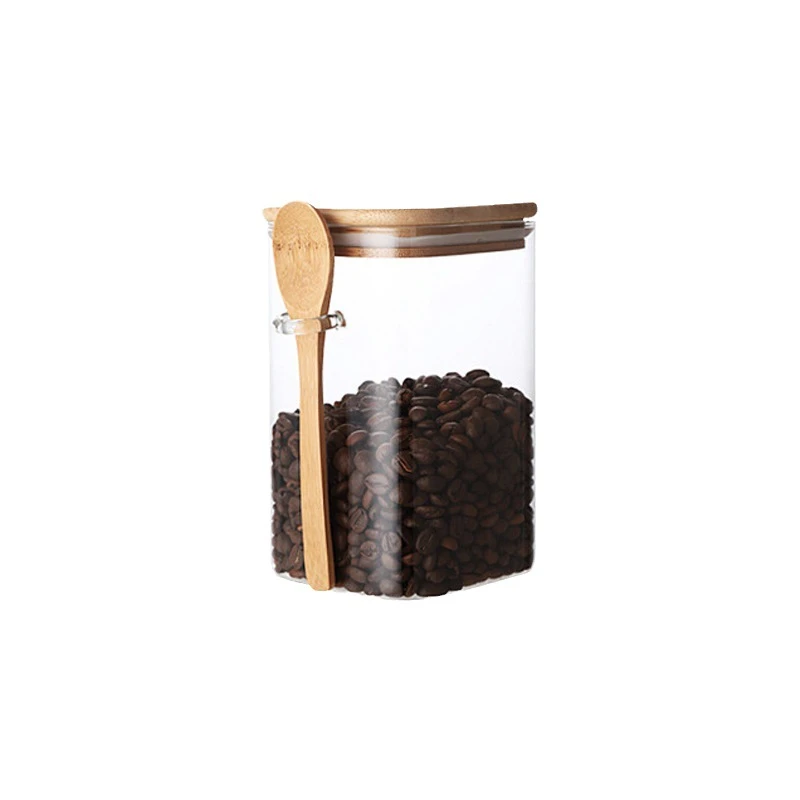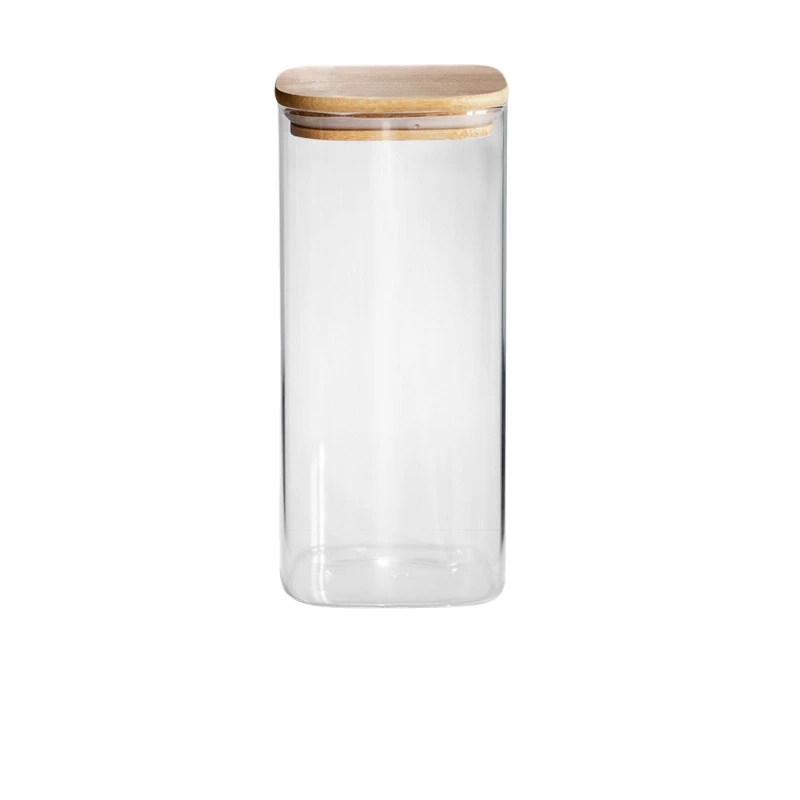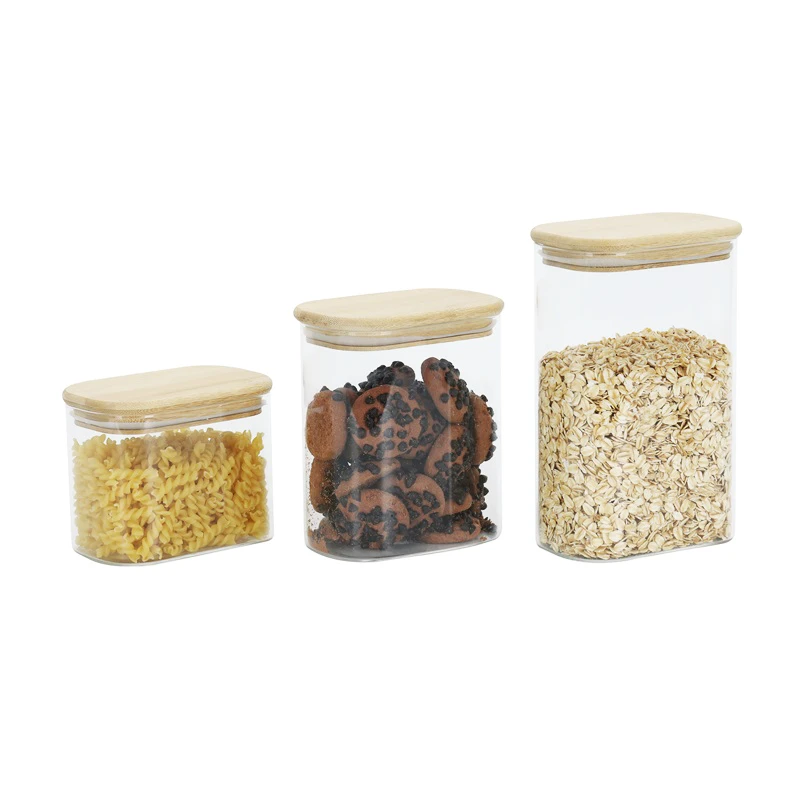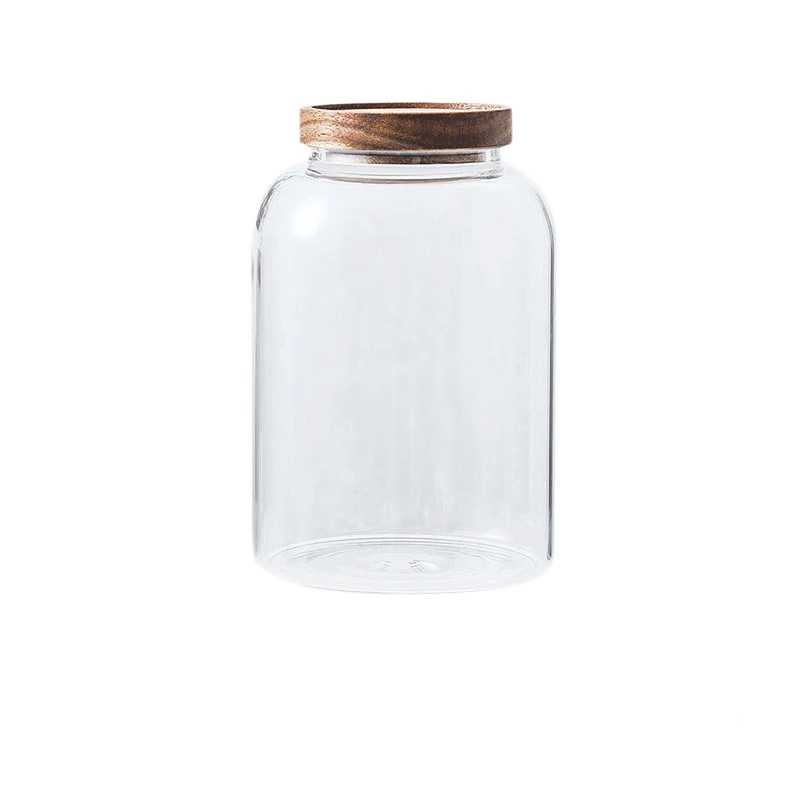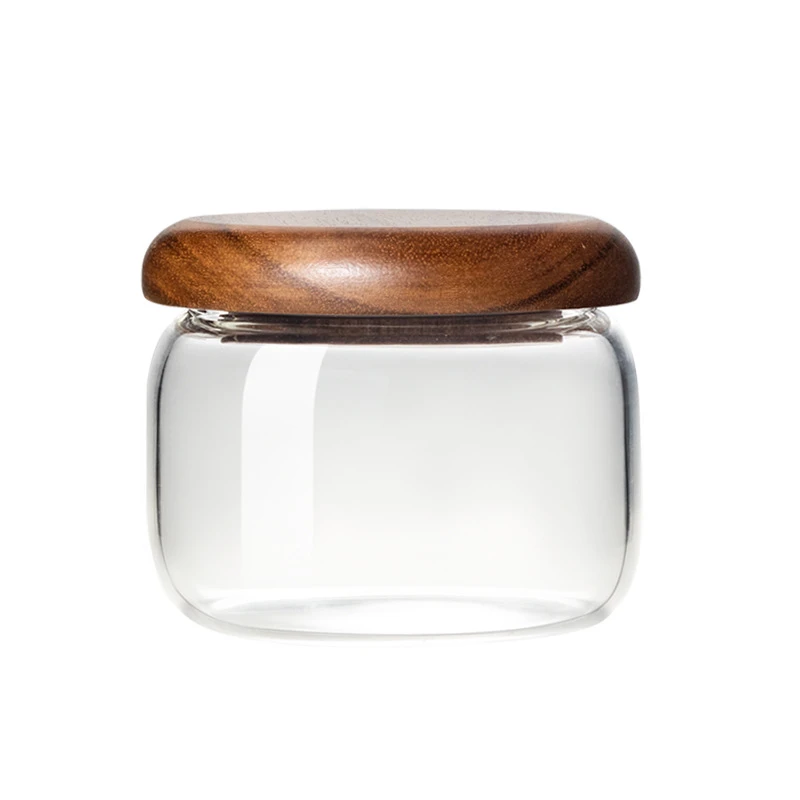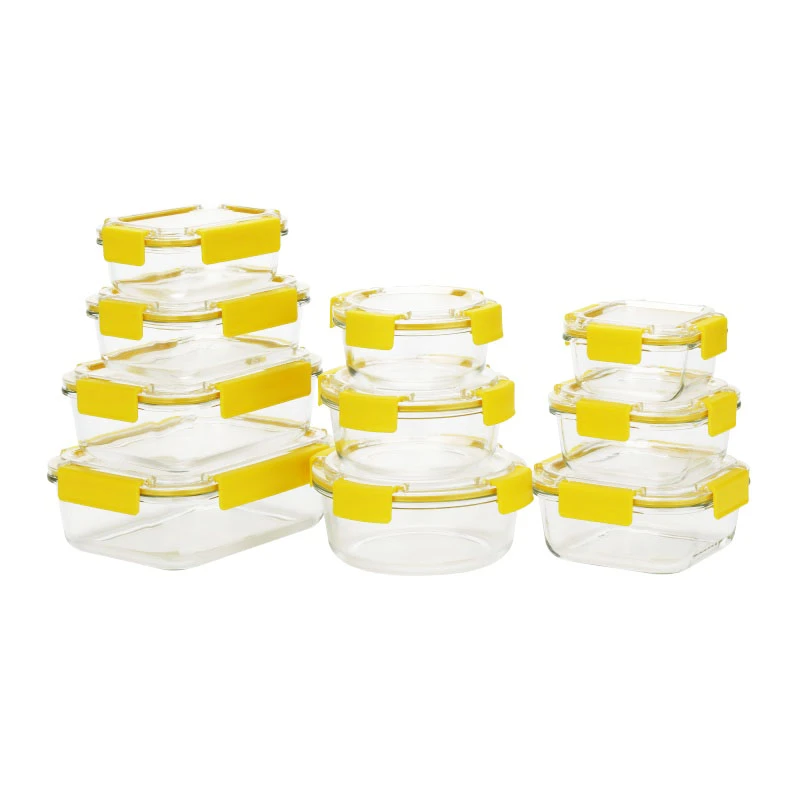 TEL: +86 311 67799298
TEL: +86 311 67799298 Email: tina@yintoglassware.com
Email: tina@yintoglassware.com
glass containers for microwave
Glass Containers for Microwave Use The Ultimate Guide
In recent years, glass containers have become increasingly popular for microwave use, and for good reason. With their durability, safety, and versatility, these containers are an excellent choice for reheating and cooking food in microwaves. In this article, we will explore the benefits of using glass containers in the microwave, how to choose the right ones, and some tips for optimal use.
Benefits of Glass Containers
1. Safety and Health Glass is a non-reactive material, which means it won’t leach harmful chemicals into your food when heated. This is particularly important for those who are health-conscious and want to avoid chemical exposure from plastics.
2. Temperature Resistance Glass containers can withstand high temperatures without deforming or melting. They are designed to go from the freezer to the microwave without any issues, making them ideal for meal prep and storage.
3. Durability Although glass is often perceived as fragile, high-quality glass containers are made to be tough and resist scratches and stains. Unlike plastic, which can become discolored and impure over time, glass maintains its clarity and integrity.
4. Eco-Friendly Glass is recyclable and can be reused indefinitely. By choosing glass containers over disposable plastic options, you are making a more sustainable choice for the environment.
5. Easy to Clean Glass containers are typically dishwasher-safe and don’t absorb odors or stains, making them easier to clean than their plastic counterparts.
Choosing the Right Glass Containers
When it comes to selecting glass containers for microwave use, there are a few factors to consider
1. Borosilicate Glass vs. Soda-Lime Glass Borosilicate glass is designed to withstand rapid temperature changes, making it much more suitable for microwave use than soda-lime glass. Look for containers labeled as borosilicate for maximum safety.
glass containers for microwave

2. Lid Type Choose containers with microwave-safe lids. Many glass containers come with silicone or vented lids that allow steam to escape while preventing spills. Ensure that the lid fits securely to avoid splatters inside the microwave.
3. Size and Shape Consider the types of dishes you will be preparing. Tall containers are great for soups, while shallow ones can be better for reheating leftovers. Ensure that the size is suitable for your microwave's capacity.
4. Oven and Freezer Safety If you plan to switch between freezer storage and microwave reheating, confirm that the glass provides temperature resistance and is rated for both uses.
Tips for Optimal Use
1. Avoid Sudden Temperature Changes Glass containers, particularly those without thermal resistance, can crack under sudden temperature changes. Avoid placing a cold glass container directly into a hot microwave or placing hot glass in cold water.
2. Cover When Heating Always use a microwave-safe cover to retain moisture and heat efficiency while reducing the risk of splattering.
3. Use Appropriate Power Levels For best results, heat food in shorter intervals and stir or rotate if necessary. This helps avoid hotspots that may occur with dense foods.
4. Monitor Food Closely While the microwave is a convenient appliance, it can lead to uneven heating. Regularly check and stir your food to ensure even cooking.
5. Cool Safely Allow glass containers to cool down before washing them in cold water or placing them in the refrigerator. Rapid cooling can cause them to shatter.
Conclusion
Glass containers are a superior choice for microwave use due to their safety, durability, and eco-friendliness. By selecting the right type of glass container and using them correctly, you can enjoy a healthier and more efficient cooking experience. Whether for meal prepping, reheating leftovers, or even cooking, glass containers are versatile tools that can enhance your kitchen endeavors. Embrace the benefits of glass containers, and take a step toward a more mindful, health-conscious cooking style today!
-
YINTO's colored glass bowls hold stories, not just foodNewsAug.24,2025
-
Exquisite Colored Glass Dinnerware Crafted from Volcanic SandNewsAug.24,2025
-
YINTO's colored glass dinnerware: edible art's canvasNewsAug.24,2025
-
A Blue Glass Dinner Plate with an Integrated NFC ChipNewsAug.24,2025
-
The Ultimate Defense Against Lukewarm RegretNewsAug.24,2025
-
YINTO's double coffee wall cup: A silent thermal revolutionNewsAug.24,2025


